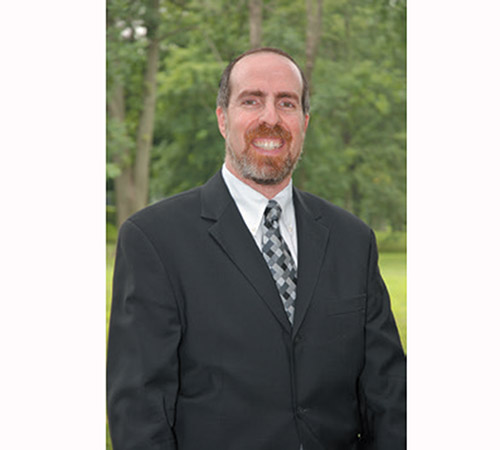
An Ashkenazic rabbinic colleague of mine told his students that Sephardic Jews do not recite the bracha of HaNoten La’yaef Koach (blessing Hashem for giving strength to the weak). His assumption was based on the fact that Maran (Rav Yosef Karo, the preeminent Sephardic halachic authority) in the Shulchan Aruch states that this bracha should not be recited since it does not appear in the Gemara. The rabbi then consulted me to make sure he was correct. The colleague was shocked to learn that Sephardic Jews (with the exception of Yemenite and Italian Jews) do recite this bracha, against the ruling of Rav Yosef Karo!
This bracha is mentioned by the Tur, as well as a number of other Rishonim including the Semag and Machzor Vitry. Maran, in his Bet Yosef, disagrees with the Tur and wonders how one can use Hashem’s name in a bracha that was not recorded in the Talmud. Therefore, Maran rules in the Shulchan Aruch that one should not recite it. Based on this, the Vilna Gaon and the Peri Chadash (Rav Chizkiya Da Silva, 1656-1695, a major Sephardic halachic authority) also did not recite the bracha.
On the other hand, Maran Hachida cites a tradition from the Ari Hakadosh that this bracha should be recited. He and the Ben Ish Chai, therefore, ruled to say the bracha. He argued that had Maran known that the Ari Hakadosh ruled to say the bracha, he, too, would have agreed. Even if Maran would disagree, and thereby create an uncertainty with regard to the halacha, the Chida and the Ben Ish Chai hold that the general principle of “safek brachot l’hakel, when in doubt, be lenient and do not recite the bracha” does not apply to instances that the Ari Hakadosh would say the bracha.
Surprisingly, Hacham Ovadia Yosef also rules to say the bracha. However, he takes issue with the Chida’s assumption that Maran would have agreed with the Ari Hakadosh if he would have seen his opinion. Rav Yosef usually prefers to follow the pure halachic approach of Maran over the Kabbalistic bent of the Ari, Chida and Ben Ish Chai. Therefore, Hacham Ovadia bases his ruling on the fact that the accepted Sephardic minhag (custom) is to recite the bracha. This is indicated by the fact that almost all Sephardic siddurim include this bracha. Hacham Ovadia says that the principle of “safek brachot l’hakel” does not apply when the common custom is to recite the bracha.
Hacham Ovadia explains that the widespread custom and the fact that this bracha is presented by a variety of Rishonim indicate its ancient origin. He even writes that perhaps the Rishonim who cite this bracha had an alternative text of the Gemara that included this bracha.
An underlying motivation to include this bracha in the daily liturgy is the powerful spiritual message inherent in this beautiful bracha. Many of us who work exceedingly hard to support our families and community occasionally step back and wonder from where do we draw the strength to accomplish that which we have successfully completed. We wonder how were we able to accomplish that which is clearly beyond our physical ability and stamina.
At the end of many weeks of difficult work we wonder how we were able to make it through. It is only with the help of Hashem, the Noten la’yaef koach, that we are able to do so. We recognize that without Hashem’s help it would be impossible to accomplish that which we have done. Perhaps this explains the special connection we feel toward this special bracha and endeavor to include it in our daily tefillah as a means to express our deepest gratitude to Hashem for enabling us to accomplish far more than we are innately capable.
By Rabbi Haim Jachter
Rabbi Haim Jachter is the spiritual leader of Congregation Shaarei Orah, the Sephardic Congregation of Teaneck. He also serves as a Rebbe at Torah Academy of Bergen County and a Dayan on the Beth Din of Elizabeth.













